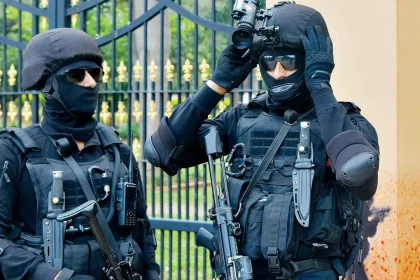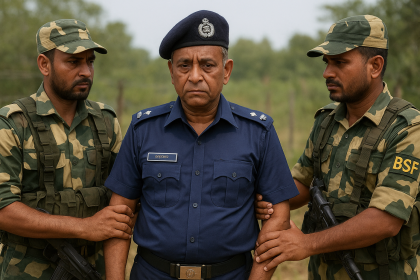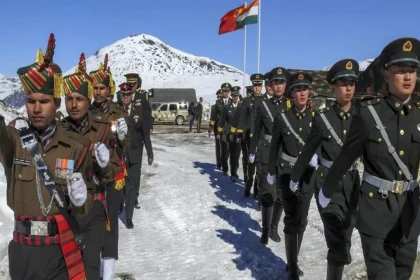OTA Chennai vs IMA Dehradun – Which Academy Will Make You Stronger?
Choosing a career path in the Indian Armed Forces is a momentous decision that involves thorough analysis and consideration. For…
Ex-Army Officer’s Decades-Old Love Letter Goes Viral, India Post Joins Nostalgia Wave
Captain Dharmveer Singh shares a 2001 letter from his wife, sparking nostalgia, laughter over “500 push-ups for mail,” and a…
MARCOS Commando Salary & Perks REVEALED – Is It Worth It?
The MARCOS (Marine Commandos) of the Indian Navy stand as a symbol of elite military prowess, renowned for their rigorous…
How to Join MARCOS Commando Force – Eligibility & Selection EXPLAINED
To join the ranks of one of the most elite special forces units in the Indian Navy, becoming a Marine…
BSF Apprehends Senior Bangladeshi Police Officer for Illegal Infiltration into India
Rare arrest raises concerns over cross-border security dynamics.
Indian Army Officials Stress ‘High Alert’ Along LAC Amid Thaw With China
Despite talks, PLA’s rapid mobilisation capability keeps Indian forces cautious.




